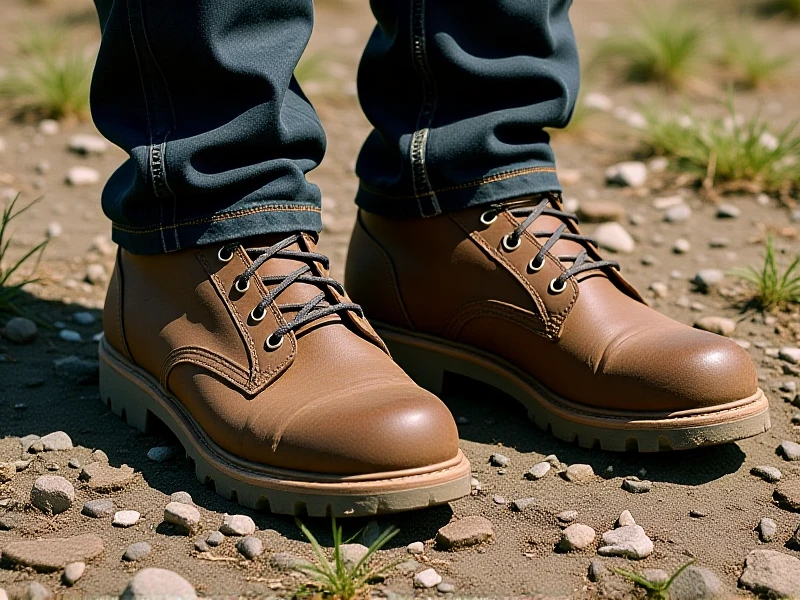Why Work Boots Are Essential for Every Laborer: A Practical Guide

Work boots aren't just footwear – they're a lifeline for anyone in demanding jobs. As a dedicated tool in industries like construction, manufacturing, or warehousing, they prevent injuries and boost productivity daily. Over the years, I've seen how investing in quality work boots can save lives; from avoiding crushed toes to dodging slippery surfaces, the right pair reduces fatigue and supports all-day comfort. In this guide, we'll explore how to choose the best work boots for your needs, covering various types and critical features.
First, understand that not all work boots are the same. Key types include steel-toe work boots for impact protection in factories or building sites, electrical hazard boots for jobs near live wires, and waterproof models for wet conditions like agriculture or plumbing. Composite-toe options offer a lighter alternative without metal for those who need OSHA compliance without extra weight. Beyond style, prioritize safety standards like ASTM ratings – this ensures your boots meet government guidelines for toe and sole defenses. I've found that high-ankle designs also improve stability, especially on uneven terrain, while cushioned insoles absorb shocks during long shifts. Always check for slip-resistant outsoles; materials like Vibram rubber grip surfaces firmly to prevent falls.
When selecting work boots, consider key factors to avoid regrets. Start by fitting them snugly with work socks on – a loose boot risks blisters and reduced protection. Materials play a huge role; genuine leather work boots last longer and mold to your feet, while synthetic blends offer affordable durability for less demanding roles. Look for features like arch support, moisture-wicking linings, and anti-fatigue midsoles to handle 10-hour days without soreness. Brands like Timberland PRO or Carhartt have solid reputations, but focus on your specific job hazards first. I recommend trying on boots in-store if possible or reading online reviews for comfort feedback. Rotating between two pairs extends their life – it gives each chance to air out.
Maintaining your work boots prolongs their value. Clean mud and debris off after each shift with a damp cloth and mild soap, then dry them naturally away from direct heat to prevent cracking. Apply leather conditioner every few months for flexibility, and replace worn soles or laces early to avoid accidents. Remember, top-tier work boots aren't luxury items; they're investments that protect your career. Whether on rough terrain or indoor floors, the right pair enhances focus and confidence. Ultimately, picking durable, safety-certified work boots keeps you safe and efficient – so never compromise on quality in search of savings. Share your experiences to help others find their perfect fit! ( 407)